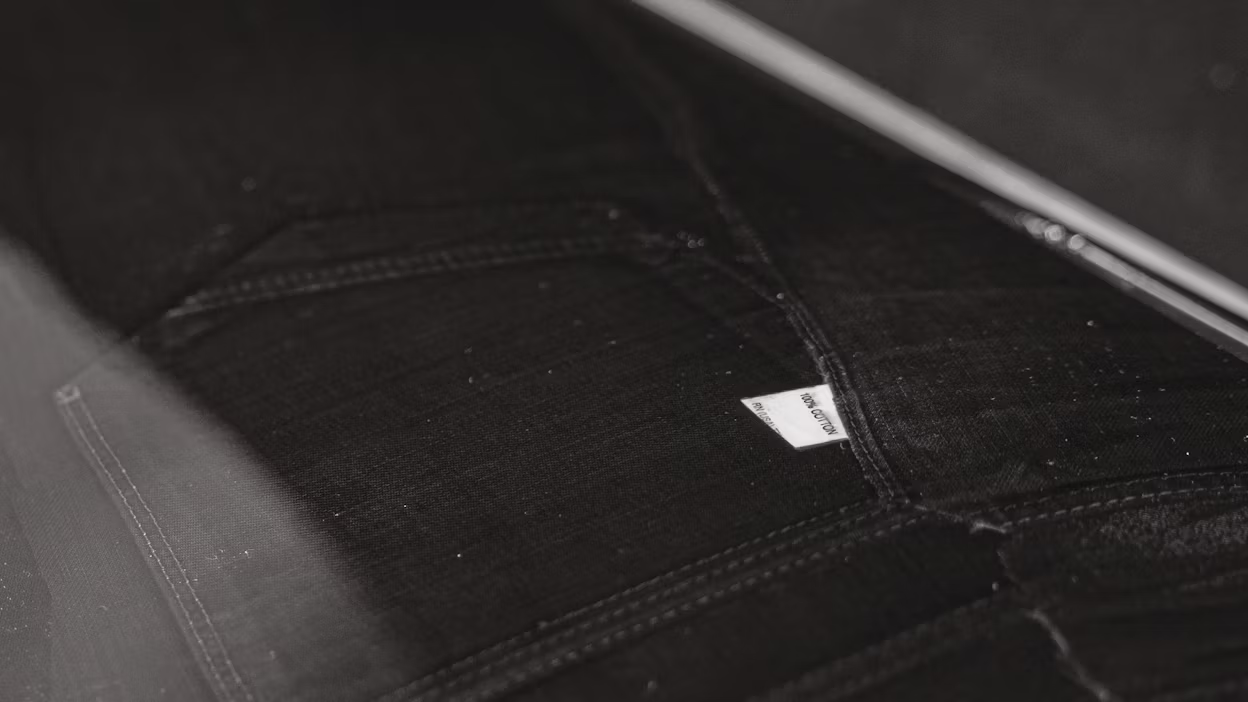The denim door
In the world of automotive, materials are all important, each offering different characteristics and attributes that make them ideal for different applications. Carbon fibre. Aluminium. And denim.

For Martin Maher, studying composite technology allowed him to combine three of his biggest passions: cars, sustainability, and innovation. These areas also inspired his thesis project, in which he focused on realising a greener future.
Through unorthodox thinking and innovative experimenting, Maher developed a driver's door for a Polestar 1. Not from steel or aluminium, but from used denim jeans (cotton fibres) and recycled carbon fibre with bio-based epoxy resin.
“No one believed in the idea because no one had seen it done before. But to bring about the change we need, I believe we must get off the beaten track and dare to challenge the status quo,” Maher states.




01/02
For as long as he can remember, Martin Maher has championed sustainability and enjoyed the creative challenge of making ideas tangible.
“I am the kind of guy that repairs or repurposes everything you thought was broken. My mother, working at a second-hand store in Gothenburg, is my biggest inspiration. Ever since I was a kid, she’s taught me not to throw away stuff. She made sustainability a priority in our household.”
The purpose of his thesis project was to demonstrate how the application of composites can contribute to a more sustainable society, and a circular economy, through the continuous use of resources and the elimination of waste.
“The fashion industry and the car industry are both facing immense challenges. As materials that negatively affect the climate will soon be heavily taxed by the EU, those who deal with industrial production will be forced to look at alternative materials. I hope reusable materials like denim, together with composite technology, will become an alternative to steel and plastics.”
Cotton, together with recycled carbon fibre, creates a good combination of impact resistance and strength. The jeans in the laminate prevent the carbon fibre from splintering. The recycled carbon fibre in the door can be recycled and reused again through pyrolysis, in which high heat essentially burns away all excess materials. Pyrolysis-recycled carbon fibre, in turn, is estimated to consume only 10 percent of the energy that is required for new production.
Turning a deaf ear to the naysayers has proven fruitful. For successfully demonstrating how used textiles can be recycled, while at the same time replacing virgin metals, Martin Maher has received a sustainability scholarship from Textilia*.
The future of automotive greatly depends on innovative and sustainable materials. Identifying these solutions means trying new methods, embracing explorative engineering and incorporating unconventional materials. Like denim.
*Article in Swedish.








